Libby Heaney’s quantum-powered take on a Hieronymus Bosch masterpiece
At Berlin’s Schering Stiftung, artist and physicist Libby Heaney is harnessing quantum code to reimagine Hieronymus Bosch’s 15th-century The Garden of Earthly Delights
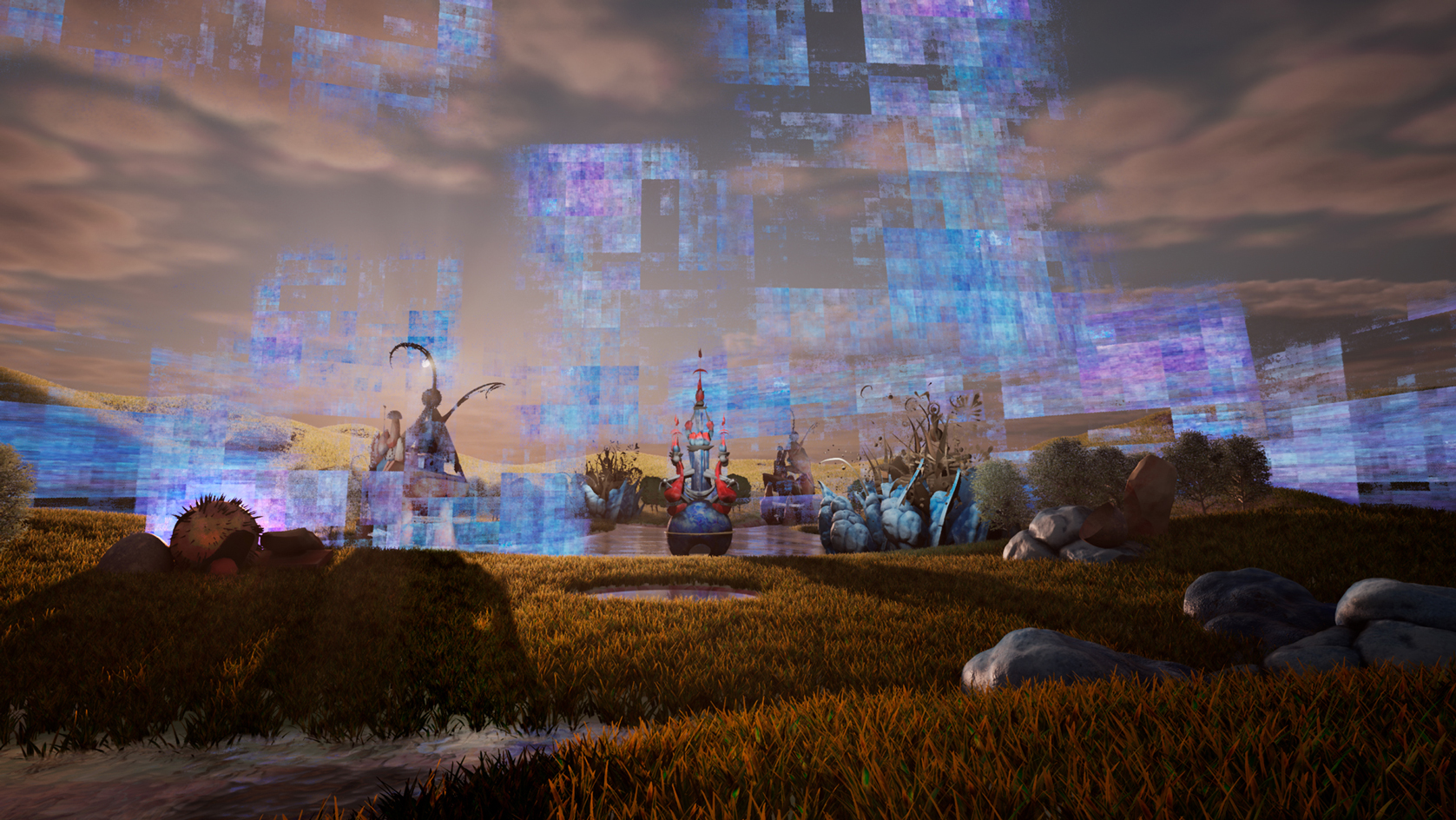
Plenty of artists explore science – its methods and mysteries, precision, occasional poetry, darkest prognoses. Few, if any, are as qualified for that entanglement as Libby Heaney. The author of papers with titles such as ‘Spatial entanglement from off-diagonal long-range order in a Bose-Einstein condensate’, Heaney has a degree in physics, a PhD in Quantum Information Science, and held post-doc positions at the University of Oxford and the National University of Singapore.
Heaney, though, began to question how little the power, potential and application of quantum mechanics, particularly in quantum computing, was being examined in a wider context – social, political or ethical. Looking for new ways to both leverage and question quantum computing’s super-charge, she completed an MA in Art and Science at Central Saint Martins. Today, her work interrogates the intersections of quantum mechanics and physics, at once mind-bending and multipurpose; technology, especially AI; and representation, identity and bias, cultural and coded.
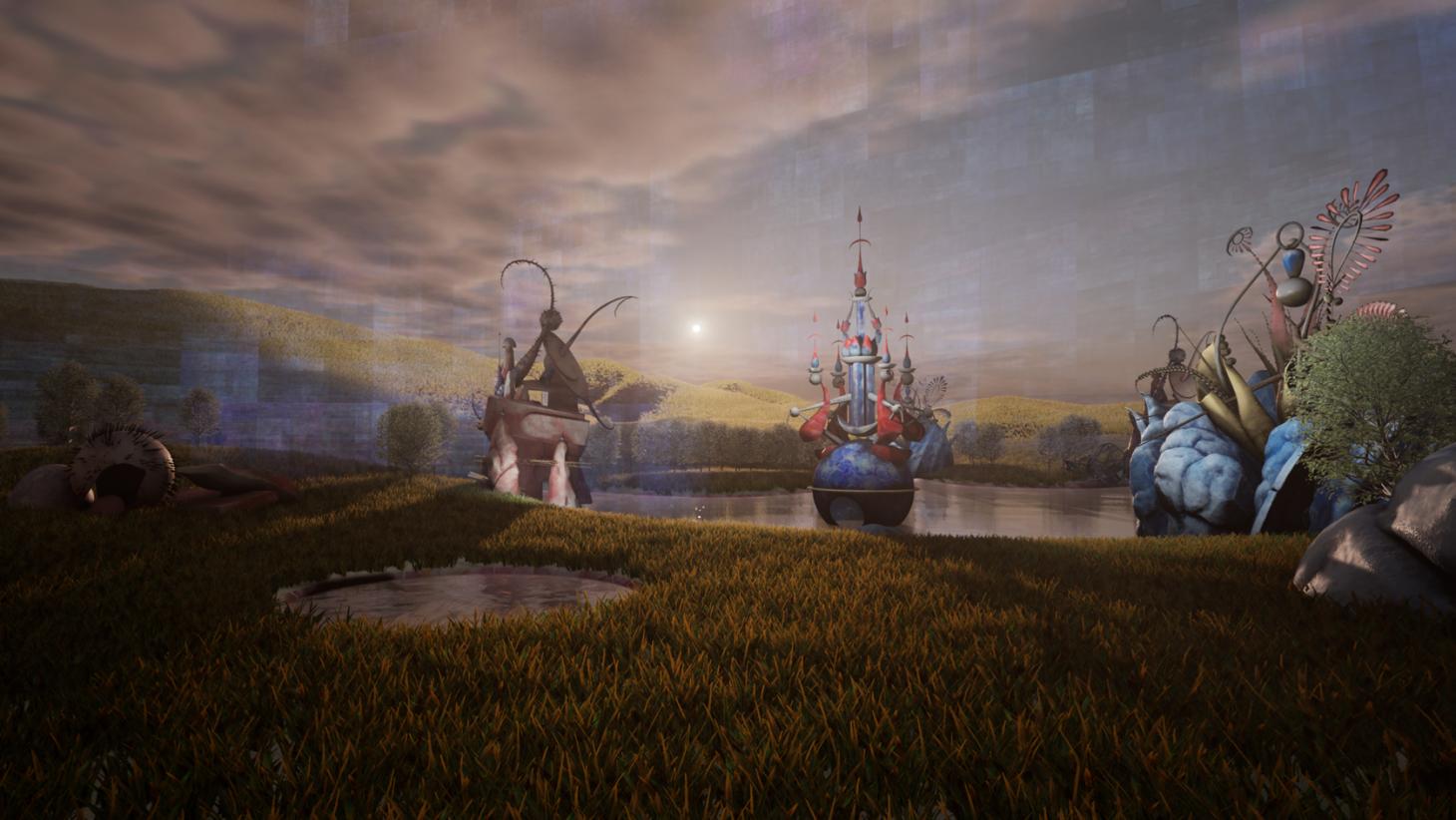
Still from Heaney’s latest work, Ent-.
Heaney’s Elvis, 2019, is a twin-screen AI-driven deepfake that puts her head where the King’s should be and vice versa, while Lady Chatterley’s Tinderbot, 2016-17, sees an AI-version of DH Lawrence’s lusty aristocrat navigate digital dating. Her latest and most ambitious work to date is Ent-, which opened at the Schering Stiftung in Berlin in February, before moving on to the Arebyte gallery in London in May. Commissioned by Light Art Space, a German foundation set on exploring the relationship between art, science and technology, Ent- is an immersive installation that employs quantum computing, AI and gaming technology to reimagine the phantasmagoric central panel of Hieronymus Bosch’s triptych The Garden of Earthly Delights.
Heaney’s 360-degree projections are designed, in part, to showcase the creative potential of quantum computing while also warning of its seductive appeal, its power to do bad or simply speed up search suggestions. Yet Heaney’s interest in quantum computing isn’t about speed, it’s in its potential to generate the weird, to break free from the binary and conjure up new forms, establish new connections, imagine the unimagined.
Few artists open a portal into the weird like Bosch. The Garden of Earthly Delights’ central image is famously full of naked frolicking, sensuous contortions, giant birds and fruits, unicorns and anal flower arrangements. It’s a psychedelic garden party of your dreams/nightmares and art critics have long argued over whether the panel represents a tempting prelapsarian Eden or the lapse in full swing. It’s heady material.
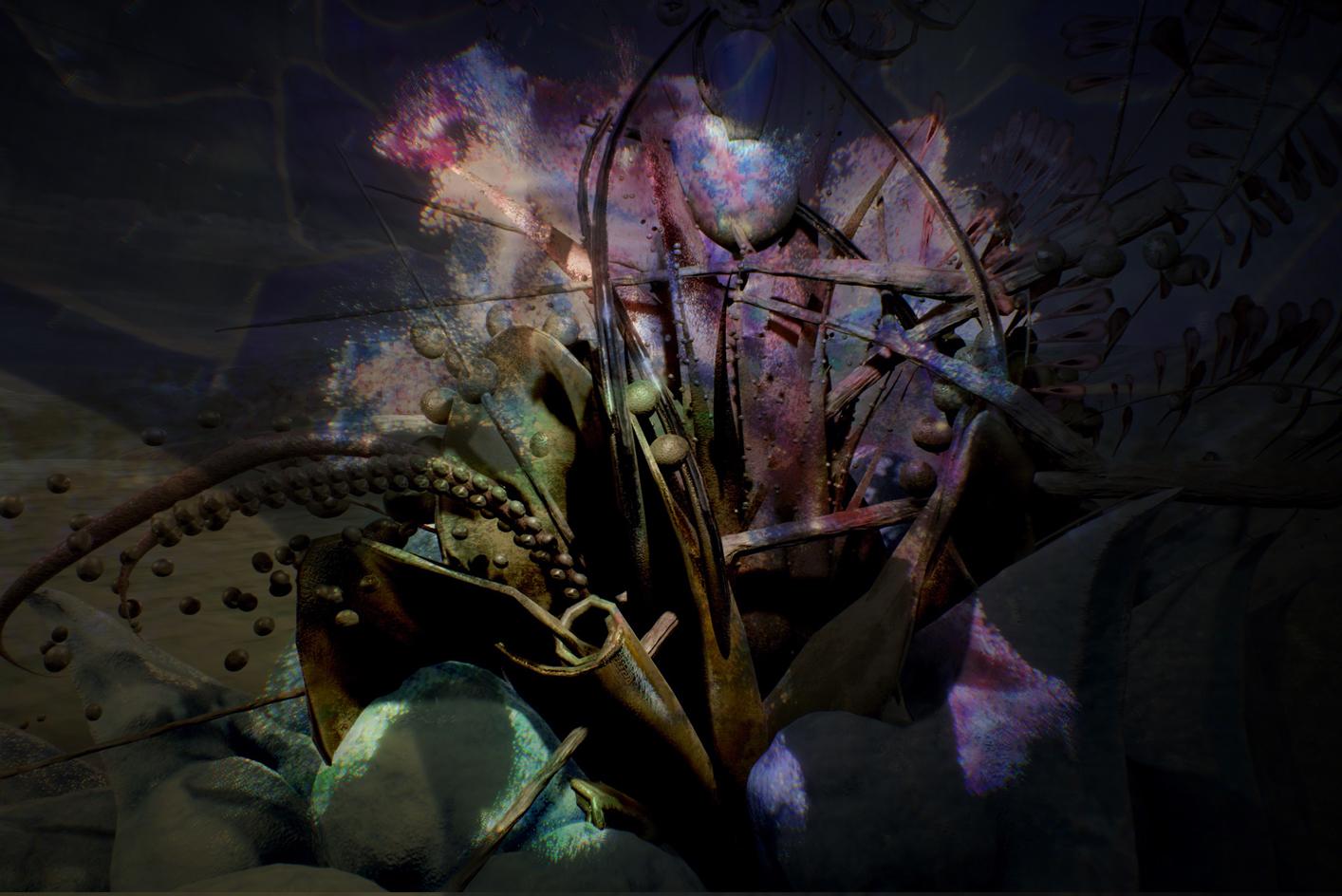
Still from Ent-.
‘The challenge was: “how can I create an experience that is weird enough to show the potential of quantum, but not so weird that the audience feel sick or like they have been attacked?”’ Heaney says. Essentially, Heaney started with her own watercolours of Bosch’s strange landscape, architecture and animals, and then scanned and regenerated them with quantum computing-based AI. ‘You get a kind of scattering and the images then reform. It sloshes the image around, like water sloshing around a tank,’ Heaney says. The viewer finds themselves in a Boschian universe that dissolves and takes new shape around them.
For Heaney, Bosch’s imagery also addresses the idea of technology as a new faith system, its own beguiling, terrifying garden of delights. ‘People defer to these technologies as if they hold the answer,’ she says. ‘I wanted to position quantum computing and quantum machine learning as a new religion.’ But just as there is no fixed interpretation of Bosch’s image – it might be joyful play or nihilistic soul-destroying decadence, heaven on Earth or a good way to hell – Heaney wants to suggest different possible futures for quantum computing, one liberating and mind-opening, plural and diverse, and another of digital surveillance, of AI-determined loan applications and prison sentences, of maddening distraction and an attention economy in overdrive.
Quantum mechanics is itself a way of understanding the universe, of course, a conviction that complex mathematics describes physical reality or new models of the universe that are as fantastic as Bosch’s imaginings. Before making the shift into art, Heaney’s speciality was ‘entanglement’ – one of the two confounding premises of quantum physics. Put properly, entanglement is when two or more ‘delocalised’ particles – and they can be very far apart indeed – are ‘connected’. Einstein rather poetically called it ‘spooky action at a distance’.
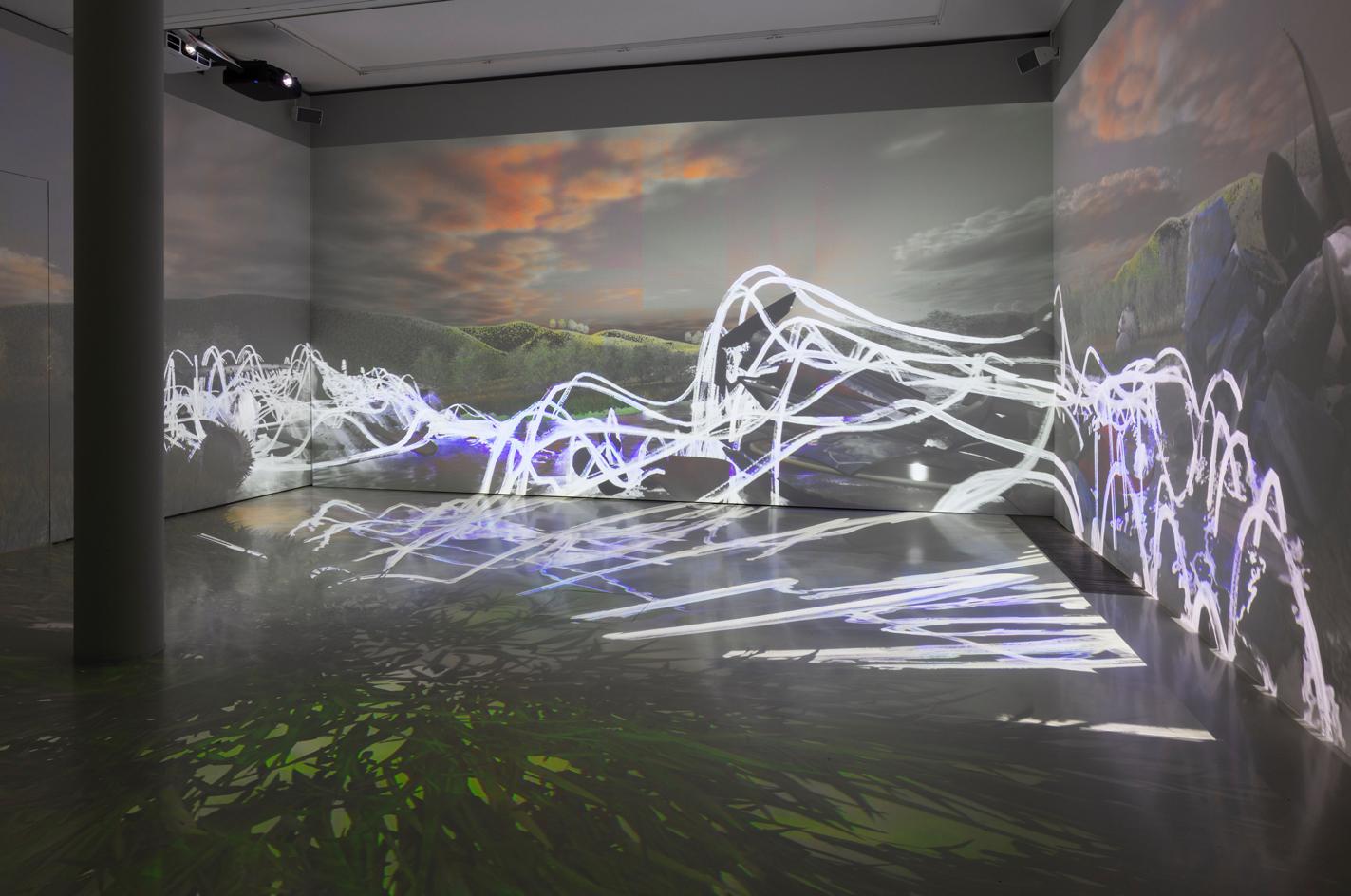
Installation view of Libby Heaney: Ent- at the Schering Stiftung, Berlin, 2022.
Quantum mechanics’ other brain-buster is ‘superposition’ which, as Heaney puts it, is the ability of an electron to be in multiple states at the same time. In principle, it is nothing radical: ripples in a pond can come together in superpositions, guitar strings vibrate and create interwoven wave forms and assume superpositions. But for an electron, an elemental particle, to do that opens cans of cosmic worms. It is also, though, the key to quantum computing.
In traditional ‘classical’ computing, a ‘bit’ is either 1 or 0. Quantum computing uses quantum bits (also known as qubits), which can be different combinations of 0 or 1 at the same time, which means they can attack problems in parallel rather than sequentially. This supercharged performance has huge implications in areas such as AI.
Heaney has cleverly ‘gamed’ Ent- with quantum code and the video game engine Unreal. She is determined that the installation is immersive, fully felt and experienced, rather than Instagram fuel. Ent- follows its own agency and can collapse the projection at any time determined randomly by an algorithm. This is also an allusion to one of the most puzzling aspects of quantum mechanics: electrons behave like waves, assuming a quantum superposition, until you try to measure that wave and it ‘collapses’. The electron then behaves like a less interesting fixed-state particle (the basis of the Schrödinger’s cat thought experiment).
Ent- then gets at the way quantum mechanics unfixes us from assumed realities, suggests strange relationships and qualities, at a subatomic level and beyond, but also how much remains mysterious for now. Quantum computers are emergent and expensive technology, largely in the hands of tech giants such as Google and IBM. But there are ways to simulate what quantum computers can do, and play with possibilities. And Heaney is encouraging quantum creative play that gets at these strange but fundamental truths. ‘There are connections between facets of reality that we could never even have dreamt of,’ says Heaney. ‘I’m sure they will shift how people see and understand the world and our place in it.’
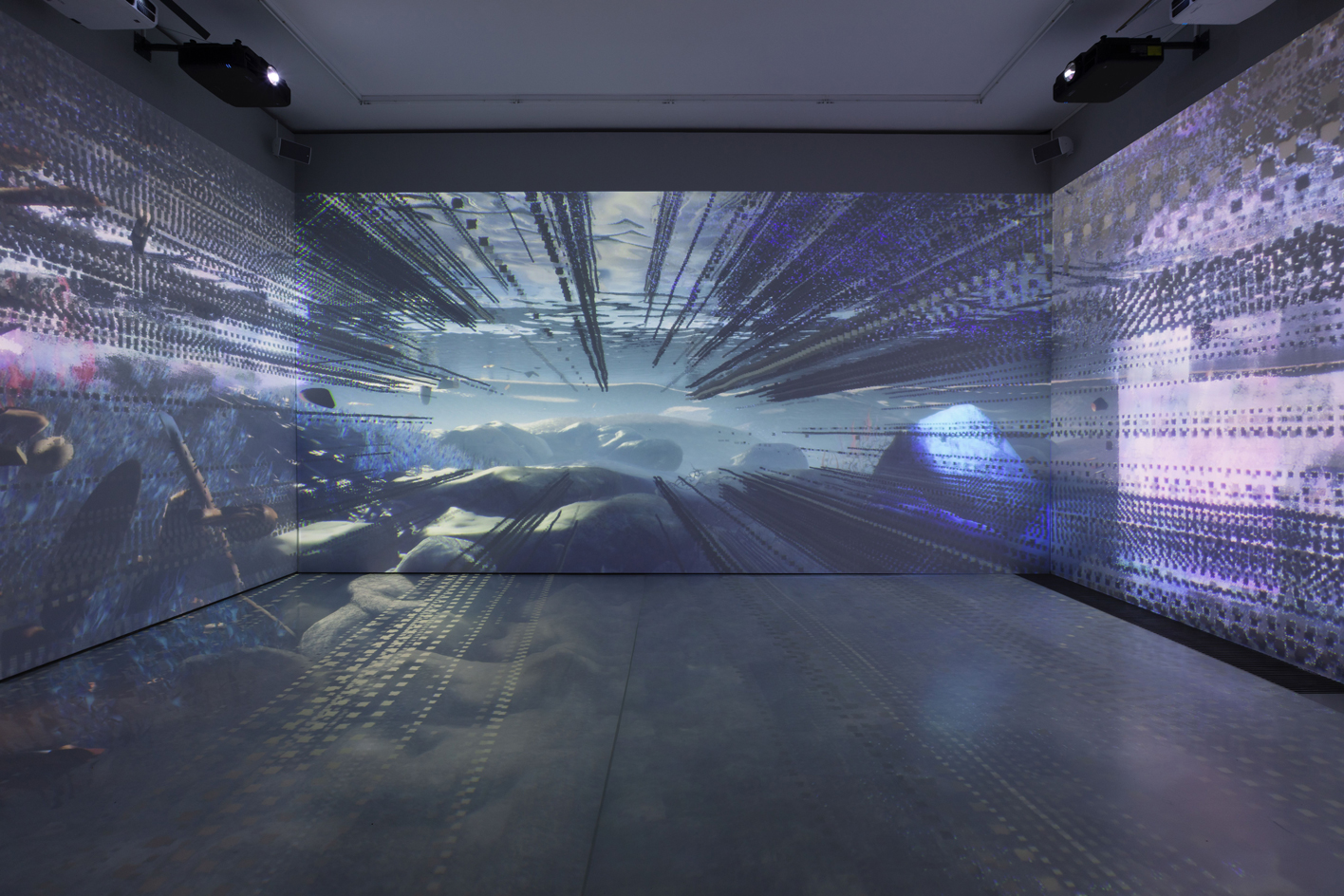
Installation view of Libby Heaney: Ent- at the Schering Stiftung, Berlin, 2022.
INFORMATION
Libby Heaney ’Ent-’, until 1 May 2022, Schering Stiftung, Berlin. scheringstiftung.de; lightartspace.org; libbyheaney.co.uk
Receive our daily digest of inspiration, escapism and design stories from around the world direct to your inbox.
-
 Itapororoca House is nestled in the Brazilian forest overlooking its leafy coastal context
Itapororoca House is nestled in the Brazilian forest overlooking its leafy coastal contextDesigned by Bloco Arquitetos, Itapororoca House is a treetop residence in Bahia, Brazil, offering a large wrap-around veranda to invite nature in
-
 Sophie Smallhorn’s plywood tables for Uncommon Projects are colourful and modular
Sophie Smallhorn’s plywood tables for Uncommon Projects are colourful and modularThese modular tables by the artist and the plywood specialist play with colour for function, fun and flexibility
-
 Aldo Frattini Bivouac is a mountain shelter, but not as you know it
Aldo Frattini Bivouac is a mountain shelter, but not as you know itA new mountain shelter on the northern Italian pre-Alp region of Val Seriana, Aldo Frattini Bivouac is an experimental and aesthetically rich, compact piece of architecture
-
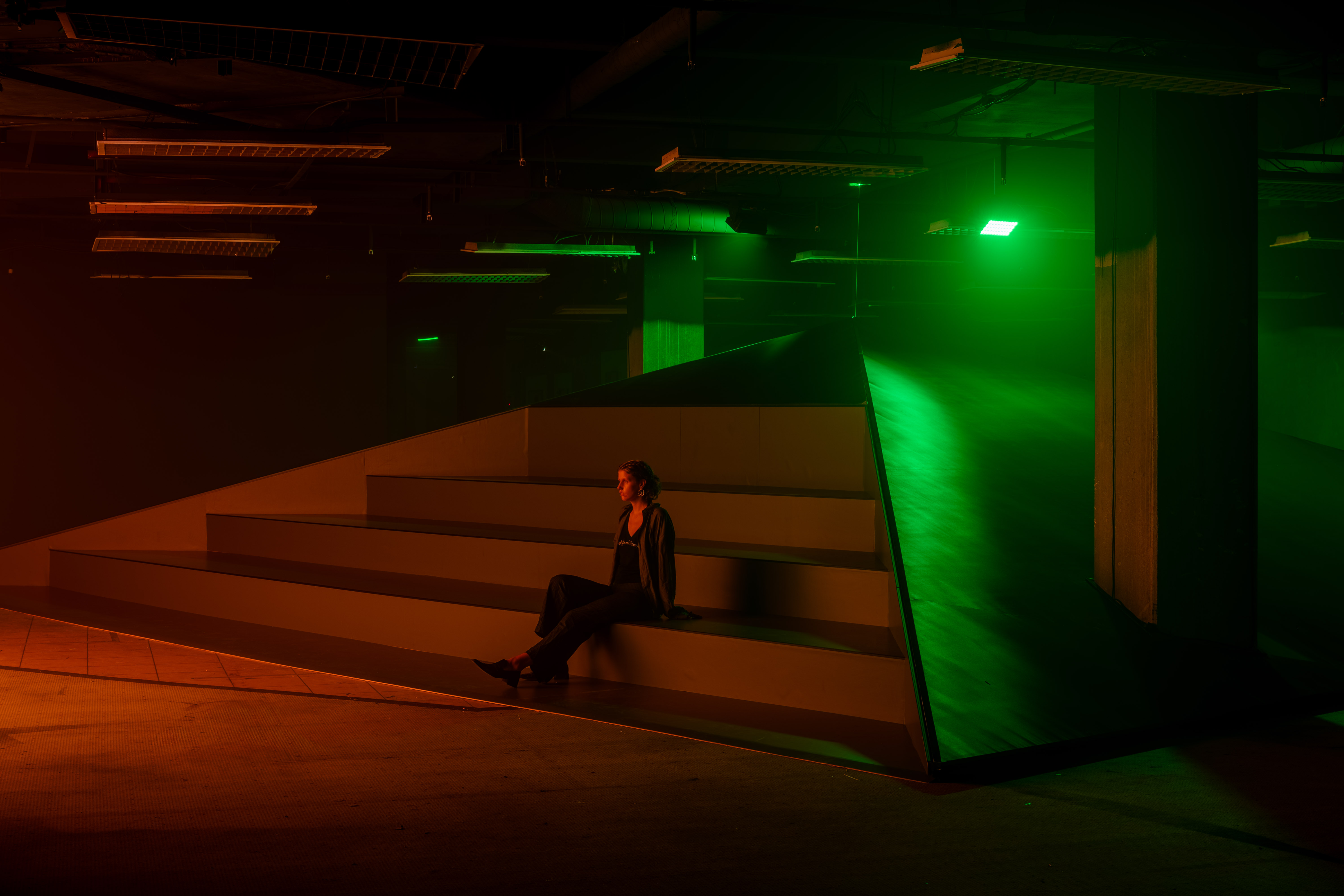 'There is no way light and darkness are not in exchange with each other': step inside Christelle Oyiri’s sonic world in Berlin
'There is no way light and darkness are not in exchange with each other': step inside Christelle Oyiri’s sonic world in BerlinIn an explosion of light and sound, Christelle Oyiri explores celebrity, mythology and religion inside CANK, a former brutalist shopping centre in Berlin’s Neukölln
-
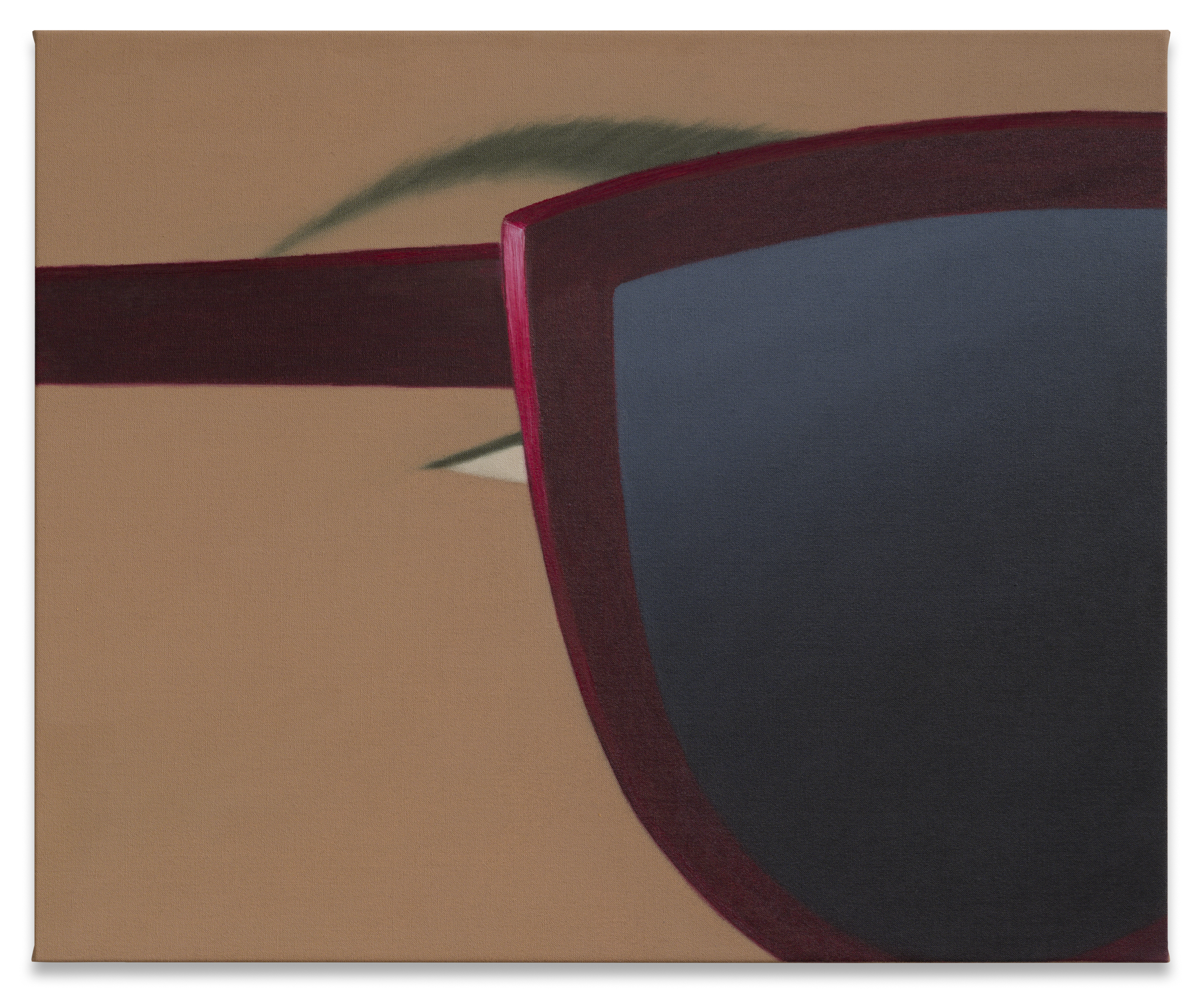 What's the story with Henni Alftan’s enigmatic, mysterious paintings? The artist isn’t saying
What's the story with Henni Alftan’s enigmatic, mysterious paintings? The artist isn’t sayingParis-based artist Henni Alftan's familiar yet uncanny works are gloriously restrained. On the eve of a Sprüth Magers exhibition in Berlin, she tells us why
-
 Rolf Sachs’ largest exhibition to date, ‘Be-rühren’, is a playful study of touch
Rolf Sachs’ largest exhibition to date, ‘Be-rühren’, is a playful study of touchA collection of over 150 of Rolf Sachs’ works speaks to his preoccupation with transforming everyday objects to create art that is sensory – both emotionally and physically
-
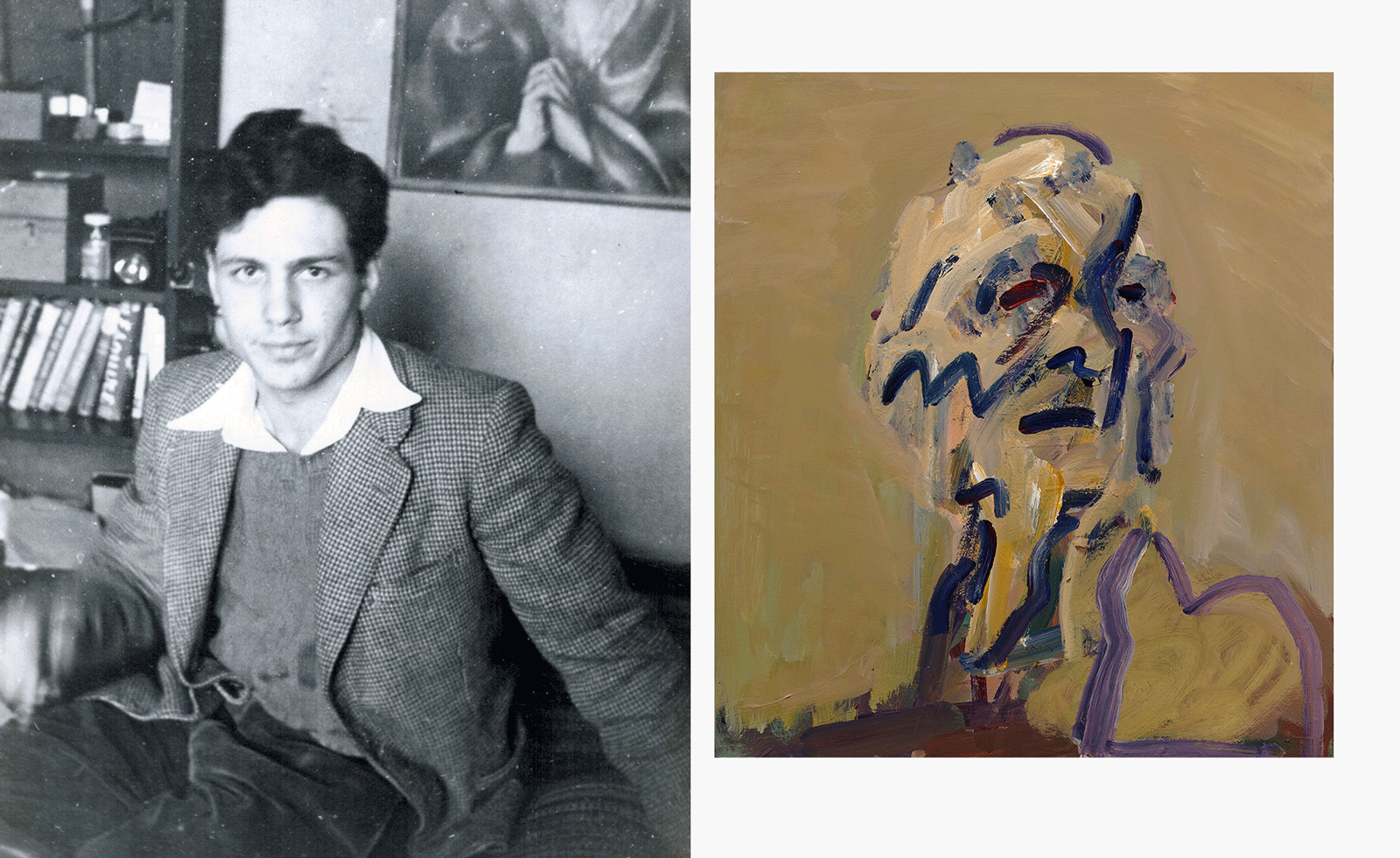 A posthumous exhibition in Frank Auerbach's home city of Berlin celebrates the work of the figurative painter
A posthumous exhibition in Frank Auerbach's home city of Berlin celebrates the work of the figurative painter‘Frank Auerbach’, on until 28 June at Galerie Michael Werner, Berlin, marks the first time the artist's work is shown in the city where he was born
-
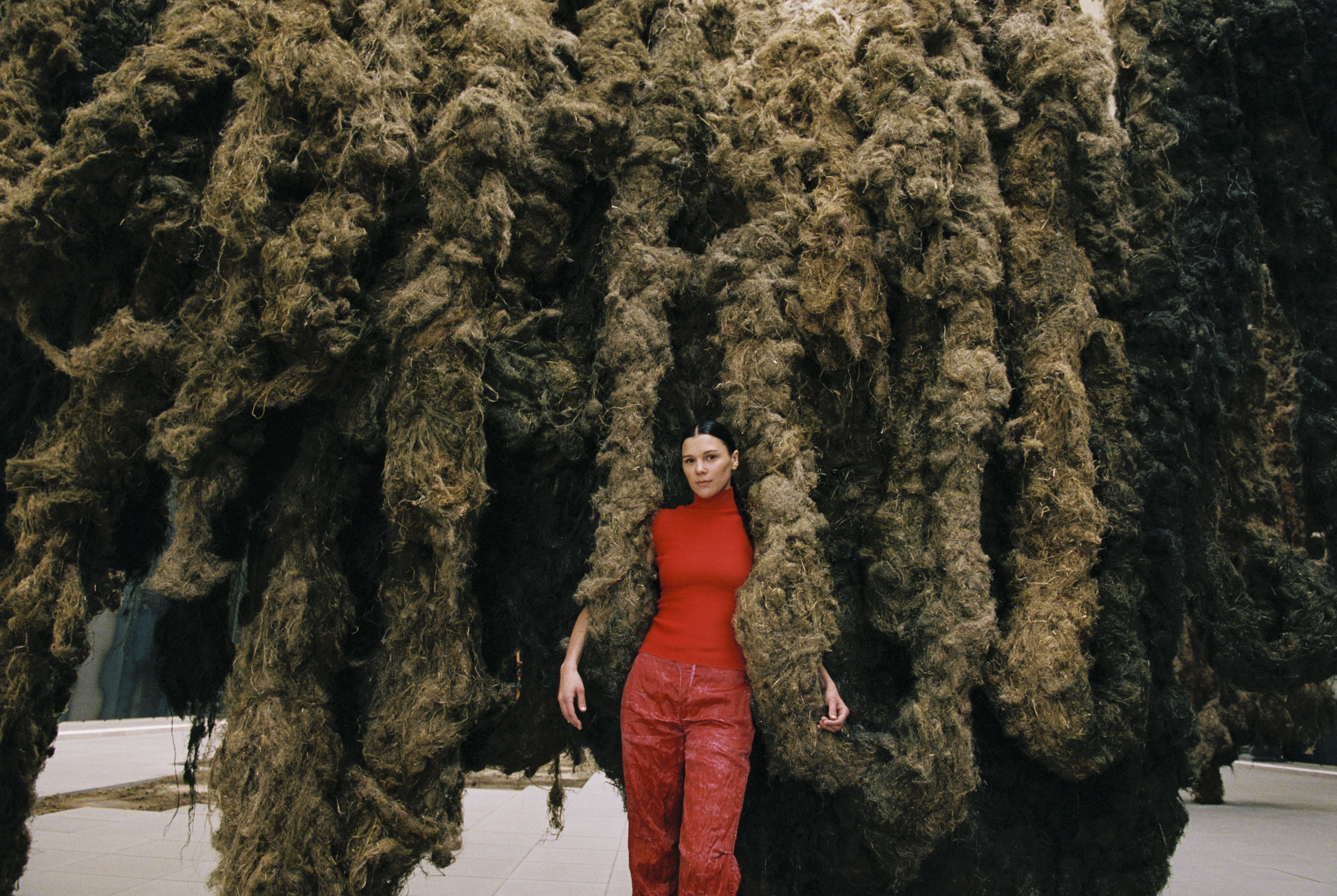 Klára Hosnedlová transforms the Hamburger Bahnhof museum in Berlin into a bizarre and sublime new world
Klára Hosnedlová transforms the Hamburger Bahnhof museum in Berlin into a bizarre and sublime new worldThe artist's installation, 'embrace', is the first Chanel commission at Hamburger Bahnhof
-
 Thrilling, demanding, grotesque and theatrical: what to see at Berlin Gallery Weekend
Thrilling, demanding, grotesque and theatrical: what to see at Berlin Gallery WeekendBerlin Gallery Weekend is back for 2025, and with over 50 galleries taking part, there's lots to see
-
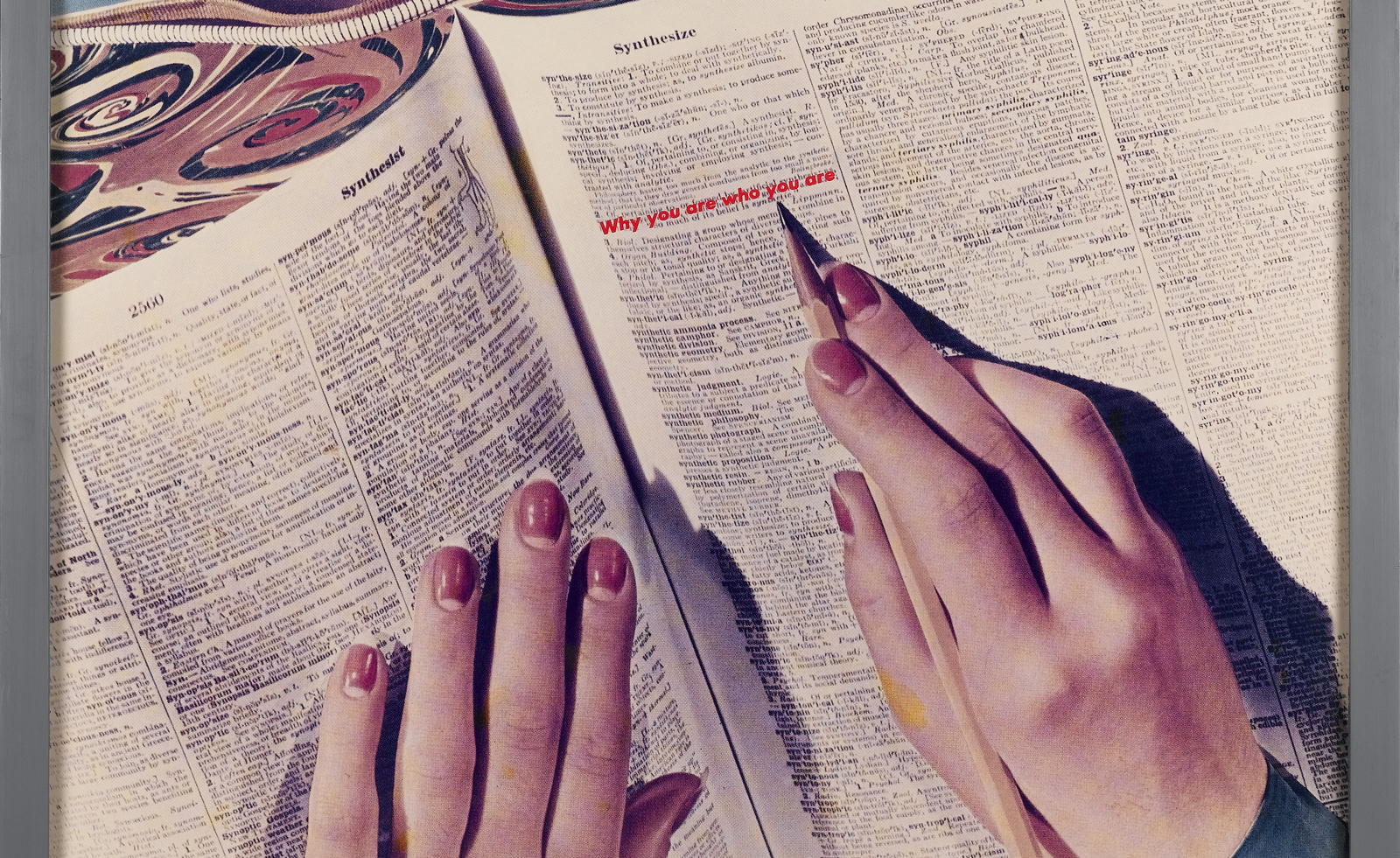 Take a rare chance to see the astonishing Ringier Collection of artworks in Düsseldorf
Take a rare chance to see the astonishing Ringier Collection of artworks in DüsseldorfFrom Barbara Kruger to Sylvie Fleury: publishing mogul Michael Ringier opens his private art collection to the public, sharing 500 works, and tells us what makes great art
-
 MK&G’s ‘Glitter’ exhibition: a brilliant world-first tribute to sparkle and spectacle
MK&G’s ‘Glitter’ exhibition: a brilliant world-first tribute to sparkle and spectacleMK&G’s latest exhibition is a vibrant flurry of sparkles and glitter with a rippling Y2K undercurrent, proving that 'Glitter is so much more than you think it is'